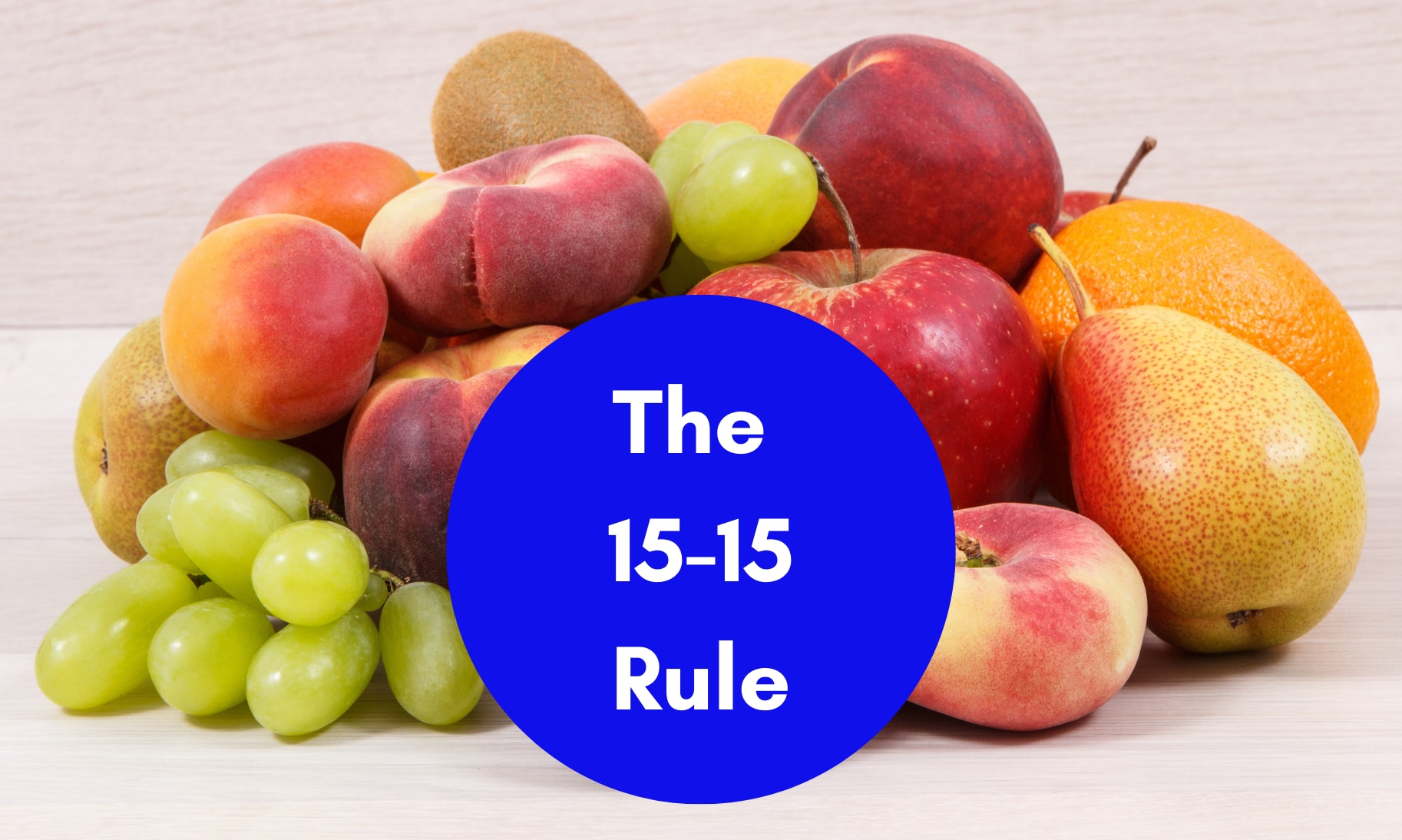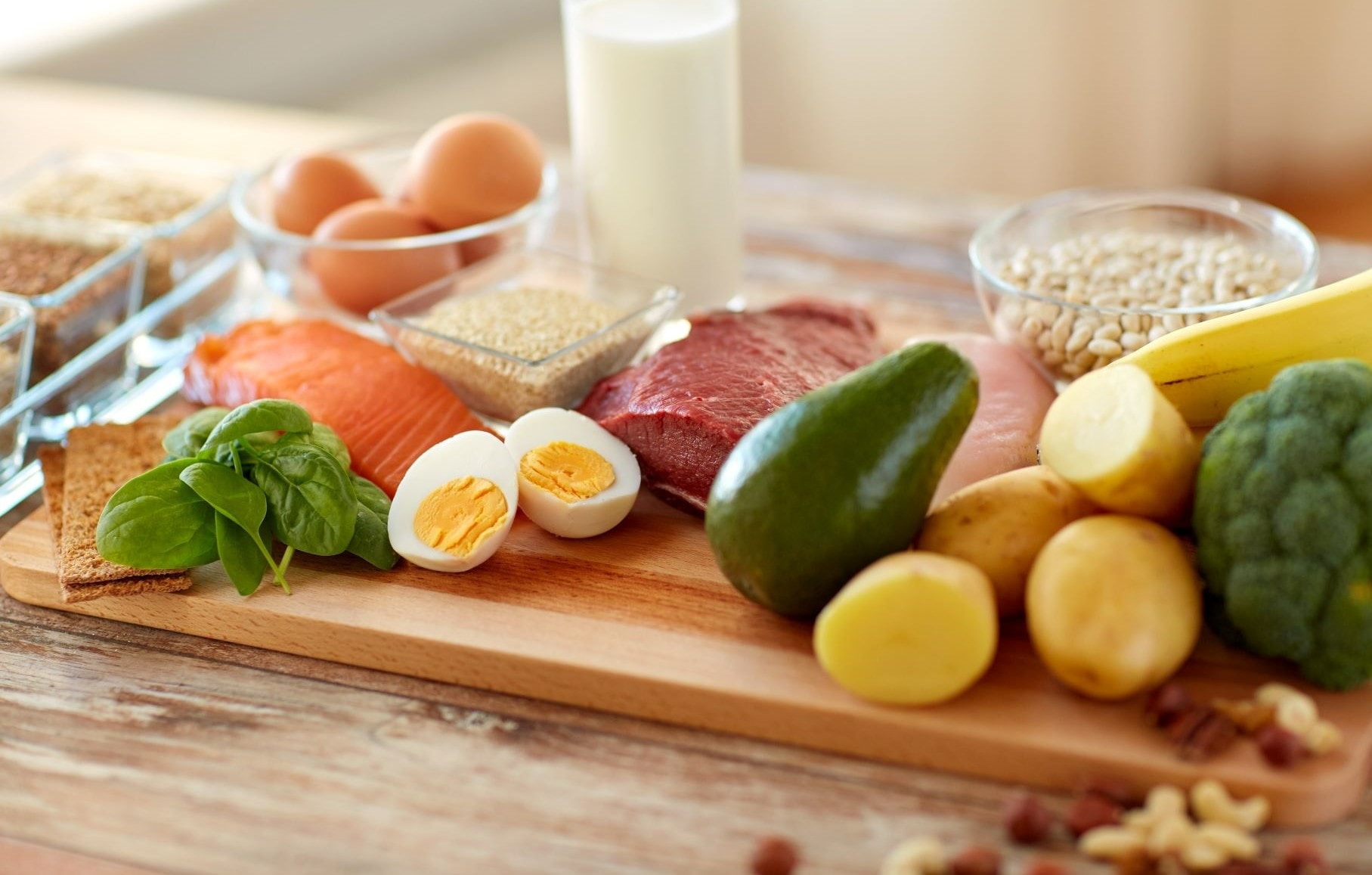Guide to the glycemic index

What is the glycemic index?
The glycemic index (GI) is a scale that measures how quickly carbohydrate-containing food or drinks raise blood sugar levels after consumption. Foods with a high GI cause a faster and higher spike in blood glucose, while low GI foods lead to a slower, more gradual rise.
This response varies based on the type and amount of carbohydrates, how the food is prepared, and the presence of other nutrients like fiber, fat, and protein. For example, whole fruit has a lower GI than fruit juice because its fiber content slows sugar absorption. GI is calculated by comparing a food’s effect on blood sugar to a reference food — usually pure glucose, which has a GI of 100.
Understanding the glycemic index can help people with diabetes make better dietary choices, especially when managing blood sugar levels. Only foods that contain carbohydrates can be ranked on this scale. Low-carb or carb-free foods, like meat, are not measured on the glycemic index.1
Low glycemic foods vs. high glycemic foods
The glycemic index (GI) ranks foods based on how they affect blood sugar levels. Foods are typically placed in three categories: high GI (70 and above), medium GI (56–69), or low GI (0–55).
High GI foods are digested and absorbed quickly, leading to a rapid spike in blood sugar. Examples include2:
- White bread
- White rice
- Potatoes
- Processed foods such as quick oats and pretzels
Examples of medium GI foods are2:
- Pita bread, rye bread
- Couscous
- Brown rice
- Raisins
- Honey
- Pineapple
In contrast, low GI foods are digested more slowly, resulting in a steadier rise in blood sugar. These foods often contain more fat, protein, or fiber. Examples of low GI foods include2:
- Most fruits
- Green vegetables
- Legumes, lentils, chickpeas, and peanuts
- Dairy products such as whole milk and Greek yogurt
- Quinoa
- High-fiber bran cereal
Some carbohydrate-containing foods and drinks have so few carbohydrates that they don’t have a GI value. This does not mean they cannot be included as part of a healthy diet. Examples include green vegetables, lemons, and some low carbohydrate drinks.3
Why does GI matter for people with diabetes?
If you have diabetes, consuming high glycemic index foods can make blood sugar management more difficult. That’s why it’s recommended that you choose low GI foods to better support blood sugar control.
Besides carbohydrate counting, tracking the GI of food can act as a supplementary diabetes management strategy, and some maintain that low GI diet plans can also aid weight loss.3
The GI of food can be affected by factors such as ripeness, preparation, and food combinations, so it’s important to consider the entire meal, not just individual GI values. Portion size, calories, and carbohydrate content still matter, even with low GI foods.
In general, processed foods have a higher GI, while foods higher in fat or fiber tend to have a lower GI. Cooking methods and food varieties within the same group can also affect GI. Aim for a balanced diet that considers both nutrition and GI.1
How to lower the glycemic index of foods
If you’re looking to better manage blood sugar levels, there are simple cooking and pairing strategies that can help lower the glycemic index of your meals.
One smart strategy is to eat healthy fats or proteins with carbohydrates. Fat and protein slow the digestive process, which helps lower the overall glycemic response. For example, pairing apple slices with peanut butter or avocado on toast can lead to steadier energy and fewer cravings later.4
Understanding and using the glycemic index can be a valuable tool for managing blood sugar, especially for people with diabetes. By making small changes, you can help reduce glucose spikes and support more stable energy throughout the day. Remember, the goal isn’t to avoid all high GI foods, but to build balanced meals that consider both nutrition and how your body responds.
Guest writer: Medtronic employee - Lisa Nicolussi, RN BSN CDCES



